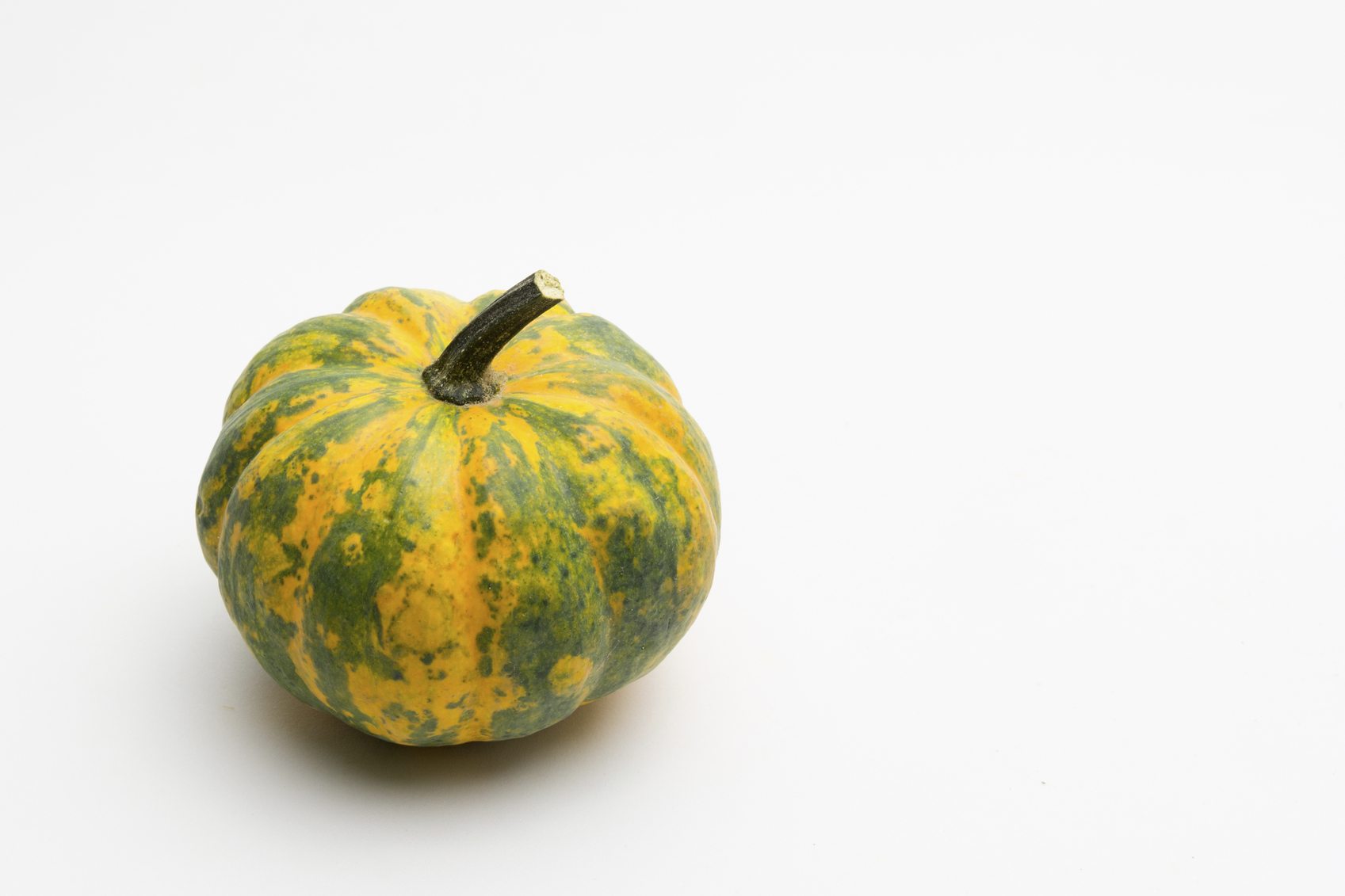Calabaza Squash Uses – How To Grow Calabaza Squash In The Garden


Calabaza squash (Cucurbita moschata) is a tasty, easy-to-grow variety of winter squash that’s native to and extremely popular in Latin America. While it’s less common in the United States, it’s not hard to grow and can be very rewarding, particularly when used in Latin American cooking. Keep reading to learn more about how to grow Calabaza squash plants and Calabaza squash uses.
What is Calabaza Squash?
Calabaza squash plants, also known as Cuban squash and Zapollo, are useful because they’re especially resistant to pests and disease that can devastate other squash varieties. They’re not totally immune, of course, and can fall prey to downy mildew, powdery mildew, and the slew of bugs that attack squash like aphids, cucumber beetle, and squash vine borer. Compared to their cousins, however, Calabaza squash plants are quite tough. They’re also long, vigorous and vining, which means they can overpower weeds in their vicinity. Basically, they’re good at taking care of themselves.
How to Grow Calabaza Squash
Growing Calabaza squash is very similar to growing other varieties of squash and are used much the same way too. In fact, it was one of the first cultivated squash plants grown in the "Three Sisters” garden. Calabaza squash plants have a relatively long growing season and are extremely frost tender. In cold climates, seeds should be sown in the spring as soon as all chance of frost has passed. In reliably frost-free areas, they can be planted anytime from late summer to early spring. The plants are very heat tolerant. The vines are long, reaching as much as 50 feet (15 m.), and must be given room to spread. Each vine produces two to five fruits that tend to weigh between 5 and 12 pounds (2-5 kg.) but can weigh as much as 50 pounds (23 kg.). These fruits take 45 days to ripen – although a mature squash develops a waxy coating over its initial shine, simply counting the days from fruit set is the best way to tell that it’s ready for harvest. If kept between 50 and 55 degrees F. (10-13 C.), the fruits can be stored for up to three months.
Gardening tips, videos, info and more delivered right to your inbox!
Sign up for the Gardening Know How newsletter today and receive a free copy of our e-book "How to Grow Delicious Tomatoes".

The only child of a horticulturist and an English teacher, Liz Baessler was destined to become a gardening editor. She has been with Gardening Know how since 2015, and a Senior Editor since 2020. She holds a BA in English from Brandeis University and an MA in English from the University of Geneva, Switzerland. After years of gardening in containers and community garden plots, she finally has a backyard of her own, which she is systematically filling with vegetables and flowers.
-
 8 Perfect Flowers To Plant With Tomatoes To Boost Yields & Banish Pests
8 Perfect Flowers To Plant With Tomatoes To Boost Yields & Banish PestsDon’t forget flowers when choosing companion plants for your tomato beds or pots. These pretty, fragrant blooms add beauty but are also highly beneficial.
By Mary Ellen Ellis
-
 Want The Longest Lasting Hydrangea Flowers? Grow These 8 Panicle Hydrangea Varieties
Want The Longest Lasting Hydrangea Flowers? Grow These 8 Panicle Hydrangea VarietiesFor ornamental shrubs that deliver the longest flowering seasons with plush blooms and delicate hues, these panicle hydrangea varieties are essential in your yard
By Tonya Barnett